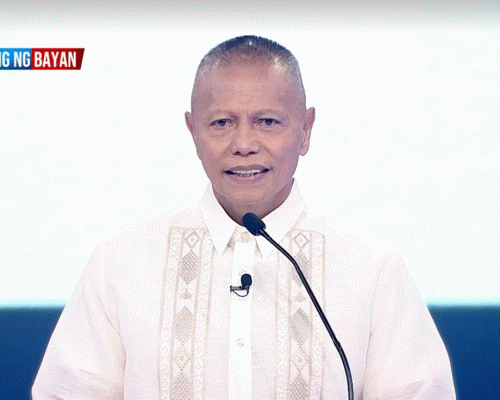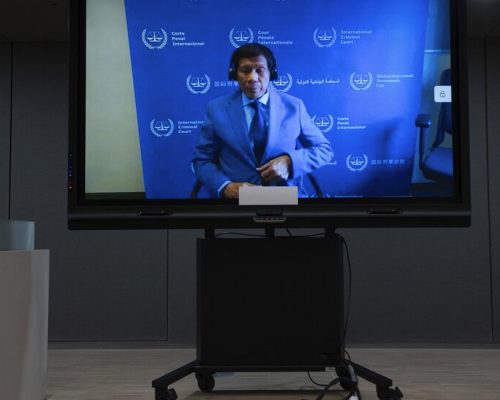There is a disturbing trend that has quietly taken hold in the constantly changing Philippine workplace. It mirrors the feelings of many workers who are caught in a web of toxic relationships.
This quiet resignation, an unsaid act of disengagement and resignation that goes on below the surface, has become a powerful example of how toxic professionals’ environments are all over the archipelago.
As people try to figure out how to work in a complex workplace, the quiet departure of talented people becomes a loud reality. This brings to light the less positive aspects of organizational culture, management practices, and societal expectations that hurt Filipino workers’ health and morale.
This silent exodus tells us that we need to look at ourselves and make changes in the workplace right away. It forces us to face the facts that make the workplace a breeding ground for dissatisfaction and disillusionment.
Is there such a thing as ‘quiet quitting’?
It is impossible to discern whether silent quitting is real or just an online phenomenon. There has been a lot of talk about “quiet quitting” on TikTok and in the mainstream media, so it’s probably a thing. It’s hard to put a number on how pervasive the problem is, though.
One way to start is by studying statistical data from Gallup’s engagement polls, which question employees to rank themselves as actively engaged, not engaged, or actively disengaged at work.
Gallup claims that “not engaged” workers (those who aren’t fully invested in their jobs) and “quiet quitters” (those who aren’t aggressively disengaged) have many characteristics.
Furthermore, only 21 percent of the global workforce is engaged while 19 percent are actively disengaged, as found in Gallup’s State of the Global Workforce 2022 survey.
60 percent of the world’s workforce could be “quitting quietly” because they aren’t happy but aren’t ready to publicly express their dissatisfaction (or aggressively seek other employment).
Quiet quitting in PH digital landscape
Localizing the topic of quiet quitting in the Philippines, a recent social listening report from Capstone-Intel revealed that “quiet quitting” has received notable social and non-social media interactions among Filipinos.
Capstone-Intel found that “quiet quitting” garnered a 6,723.1 engagement score for its 182 total post count, which yielded over 23,753 total reaction count. When broken down, “Facebook like” accounts for 48.2 percent of the total reactions, with 12,429,11711,460. Followed by “Facebook haha” with 6,263 reactions (26.4 percent), “Facebook love” with 5,594 (23.6 percent), “Facebook sad” with 264 (1.1 percent), “Facebook wow” with 100 (0.4 percent), and “Facebook angry” with 72 (0.3 percent).
This data suggests that even though some people are receptive to the concept of quiet quitting in the workplace, the “haha” reactions are an indication that quite more people are still making fun of the topic and are not receptive to the idea in the workplace.
How does ‘quiet quitting’ actually play out?
An employee who engages in silent resignation stops making extra efforts for the company and instead does the absolute minimum required to keep their job.
In context, this may translate as follows:
- Refusing to take on more duties, tasks, or obligations
- Keeping quiet in meetings unless spoken to
- During non-working hours, employees do not reply to emails or texts.
- Rejecting opportunities to perform duties outside of their purview
- withdrawing from the group and ignoring any team activities
- Using more time off than usual due to illness
The importance of boundaries
It is imperative for every employee to effectively disengage from work upon leaving the workplace, and it is the responsibility of outstanding leaders to foster and promote this practice. Consistently disregarding the boundaries of employees by requesting them to work beyond regular hours, contacting them outside of work hours, or imposing additional responsibilities without appropriate compensation may result in their disengagement from their respective roles.
When individuals demonstrate respect for boundaries and express appreciation for the efforts exerted by their subordinates, the latter are more inclined to exhibit discretionary effort during critical junctures, as opposed to disengaging from their responsibilities.



























